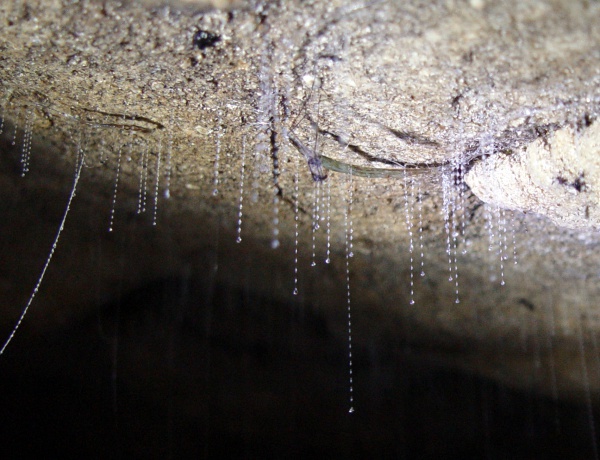Facts About Arachnocampa
Arachnocampa is a captivating genus comprising nine species of bioluminescent fungus gnats native to Australia and New Zealand. These insects are particularly noted for their glowworm-like larval stage, during which they use sticky silk threads to capture prey in caves and forested areas. Initially named Bolitiphila, the genus was reclassified as Arachnocampa in 1924 due to the distinctive way their larvae suspend silk threads to ensnare prey. They undergo complete metamorphosis, spending the majority of their lives in the larval stage.
The larvae of Arachnocampa create silk nests on cave ceilings and hang multiple sticky silk threads to trap prey such as midges, moths, and even small snails. The bioluminescent glow they emit results from a chemical reaction involving luciferin, luciferase, ATP, and oxygen. During their development, the larvae undergo four molts before becoming pupae, which also glow intermittently. Adult Arachnocampa flies do not feed and have a very short lifespan, dedicated solely to mating and reproduction.
These glowworms are sensitive to light and disturbances, retreating into their nests when touched. Although they face few natural predators, human interference poses a significant threat. Some notable species include Arachnocampa buffaloensis, Arachnocampa flava, Arachnocampa luminosa, and Arachnocampa tasmaniensis, each inhabiting specific regions in Australia and New Zealand. These glowworms play an essential role in their ecosystems, attracting prey and contributing to the biodiversity of caves and forests.
